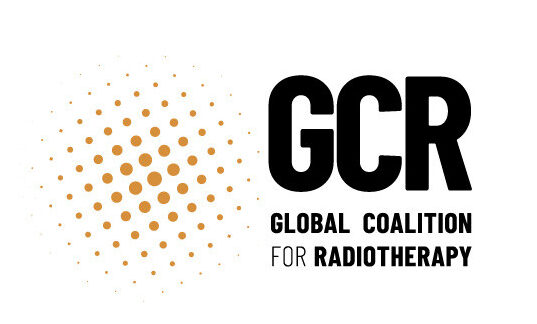The Global Coalition for Radiotherapy shared on X:
” RADIOTHERAPY NEWS
A Lancet Oncology commission led by the IAEA notes that hypofractionation vs conventional RT in prostate and breast cancer could provide radiotherapy for an additional 2.2 million patients globally.
